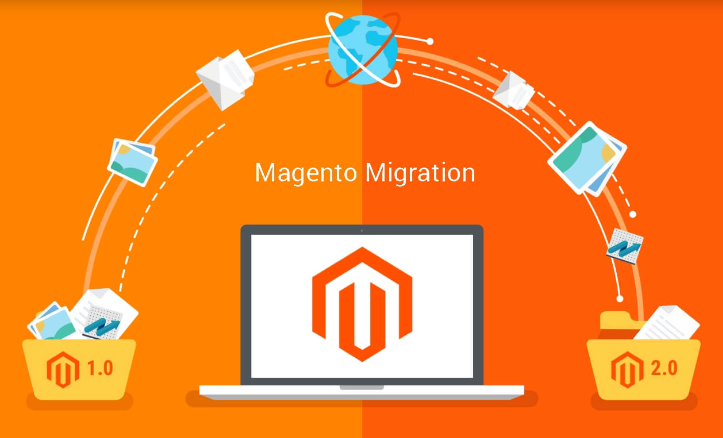Key Reasons to Upgrade to Magento 2 and How to Plan Your Migration
In the rapidly evolving e-commerce landscape, staying ahead of the technology curve is crucial for business success. Magento 2, the transformed version of the Magento Commerce platform, offers significant enhancements over its predecessor. If you’re still operating on Magento 1, it’s time to consider an upgrade. Here’s why you should migrate to Magento 2 and how to plan your migration effectively.
Improved Performance and Scalability
Magento 2 is designed to handle larger volumes of sales and traffic, making it ideal for growing businesses. With improved indexing, caching, and database optimization, Magento 2 can significantly boost your site’s performance, ultimately enhancing user experience and conversion rates.
Enhanced Security Features
Security is a top priority for any online business. Magento 2 provides robust data protection with strong data encryption and secure payment gateways. Upgrading to Magento 2 helps safeguard your store against potential security breaches and ensures compliance with data protection regulations.
Streamlined Checkout Process
A complicated checkout process can lead to cart abandonment. Magento 2 offers a streamlined checkout that reduces the steps and time taken to complete a purchase, thereby increasing conversion rates and customer satisfaction.
Mobile Responsiveness
With mobile commerce on the rise, having a mobile-responsive platform is non-negotiable. Magento 2 is mobile-first, ensuring that your e-commerce store provides a seamless shopping experience across all devices.
Modern Tech Stack
Magento 2 runs on the latest PHP versions, which improves site speed and security. It also offers better integration with popular third-party tools and services, allowing for a more flexible and customizable e-commerce environment.
Planning Your Migration to Magento 2
Now that we’ve covered the ‘why’, let’s talk about the ‘how’. Planning is key to a successful migration to Magento 2.
- Audit Your Current Store: Begin by reviewing your existing site for functionality, design, and content. Identify what should be migrated and what might be better left behind.
- Choose the Right Partner: Selecting a Magento development company with a proven track record is crucial. They can guide you through the process and help avoid common pitfalls.
- Data Backup: Always start with backing up your existing data. This ensures that you have a recovery point in case of any migration issues.
- Extension and Custom Code Review: Not all Magento 1 extensions are compatible with Magento 2. You’ll need to find alternatives or develop custom code.
- Design and UX/UI Update: Use this opportunity to refresh your design and improve user experience. Magento 2 offers modern themes and customization options.
- Test Rigorously: Before going live, thorough testing of your Magento 2 store is essential. This includes functionality, performance, and security testing.
- Prepare for SEO Transition: Migrating to a new platform can affect your SEO. Make sure to implement 301 redirects, update your sitemap, and maintain URL structures where possible.
- Set a Go-Live Date: Plan the migration during a low-traffic period to minimize impact on sales and customer experience.
- Post-Launch Support: Post-migration, monitor your store closely for any issues and have a support plan in place for quick resolutions.
In conclusion, migrating to Magento 2 is not just a necessity; it’s an opportunity to enhance your e-commerce presence. With its advanced features and improved performance, Magento 2 is well worth the investment. By following a strategic migration plan, you can make the transition smooth and reap the benefits sooner rather than later.
Author Bio:
Joshua Rodriguez is a tech enthusiast and passionate writer in e-commerce trends. With expertise in BigCommerce, WooCommerce, and Salesforce, he delivers insightful content to empower businesses in the digital marketplace. Outside work, he enjoys nature, photography, and immersive reading, maintaining a balanced life.
